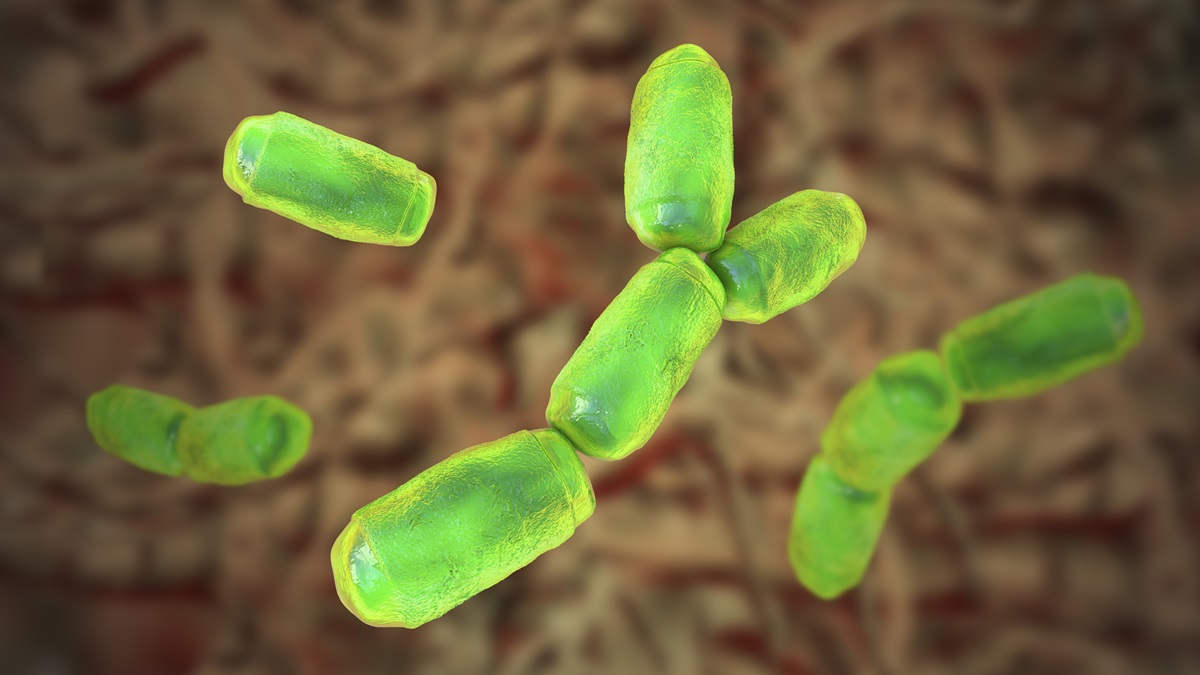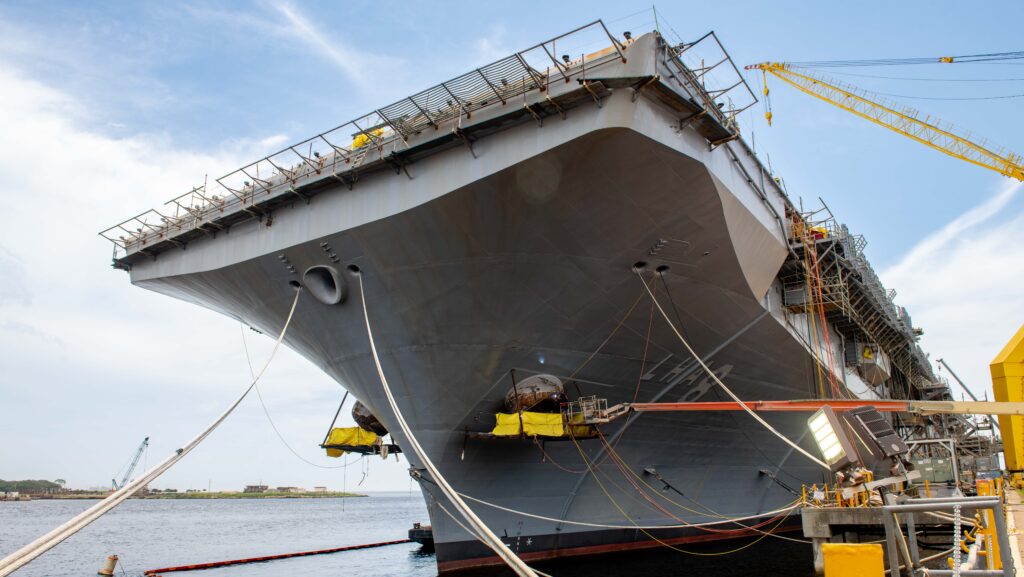New research has redefined our understanding of how archaea – our 2-billion-year-old microbial ancestors – used hydrogen gas to produce energy.
The discovery could also help humans devise new ways to use hydrogen for green energy.
There are 3 main domains of life on Earth: Eukarya, Archaea and Bacteria.
Organisms with eukaryotic cells fall into the Eukarya domain. Eukaryotic cells are distinguished by their membrane-bound cell nucleus and other distinct organelles – structures with which perform specific tasks inside the cell.
All plants, animals (including humans), fungi and many single-celled organisms are eukaryotes.
The other major type of cells found in life is prokaryotic cells, found in both the Archaea and Bacteria. The cells of these organisms lack a nucleus and other organelles.
It is believed that Bacteria and Archaea have unique evolutionary lineages.
Archaea live in environments low in oxygen and other extreme conditions. Archaea have been found in temperatures at the boiling point of water, well below freezing, high in salt, acidity, alkalinity, or even high in UV and gamma radiation. For this reason, studying archaea is considered an integral part of the search for extraterrestrial life.
The microbes are also often found in the intestines of animals, including cattle, cats, dogs and humans.
Current theories suggest that all eukaryotes can trace their origins to a lineage of Archaea which merged with Bacteria through exchanging hydrogen gas about 2 billion years ago.
“Our finding brings us a step closer to understanding how this crucial process gave rise to all eukaryotes, including humans.,” says Bob Leung, from Melbourne’s Monash University, who is a lead researcher on the study published in the journal Cell.
“Humans have only recently begun to think about using hydrogen as a source of energy, but archaea have been doing it for a billion years,” says Leung. “Biotechnologists now have the opportunity to take inspiration from these archaea to produce hydrogen industrially.”
The team analysed the genomes of thousands of archaea and found they use unusual enzymes called [FeFe]-hydrogenases. Before this research, it was thought these enzymes were only produced by eukaryotes and bacteria.
And the archaeans’ hydrogen-using enzymes are the smallest and most complex.
The scientists believe this could offer streamlined solutions to produce hydrogen in industrial settings.
“Industry currently uses precious chemical catalysts to use hydrogen. However, we know from nature that biological catalysts function can be highly efficient and resilient. Can we use these to improve the way that we use hydrogen?”











/https://tf-cmsv2-smithsonianmag-media.s3.amazonaws.com/filer_public/34/31/3431771d-41e2-4f97-aed2-c5f1df5295da/gettyimages-1441066266_web.jpg)







Discussion about this post